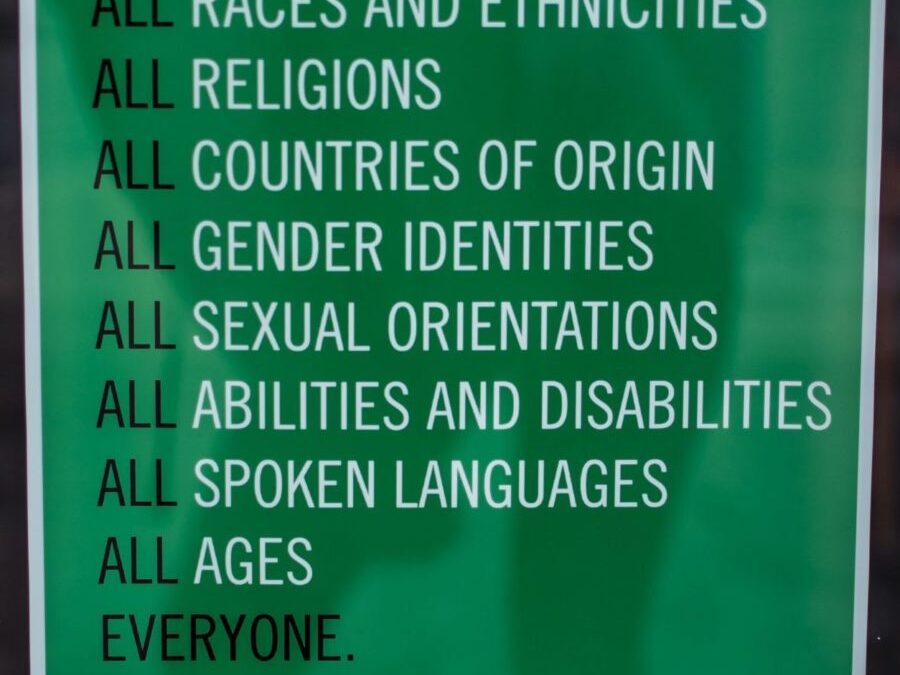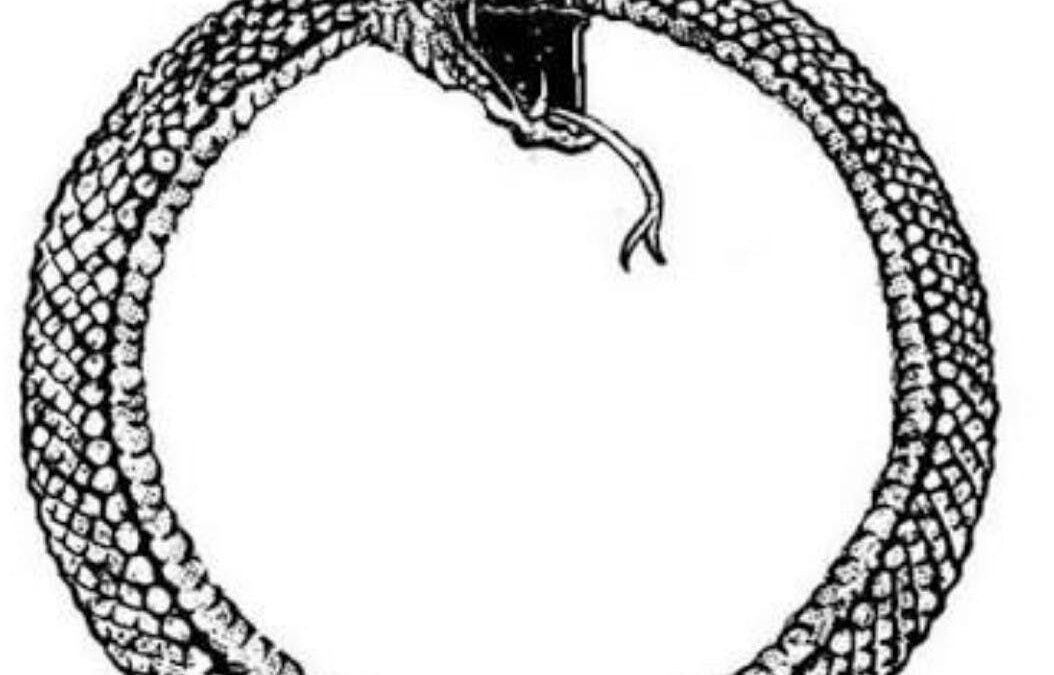
by user_dd | Feb 28, 2022 | Community Conversations
So if you’ve been noticing, there’s a massive collective shift going on. Atop our precious little spinning rock floating in space, we’re experiencing energetic changes that aren’t difficult to see and feel. These shifts that are happening are personal, global, planetary and utterly cosmic. Of course, how we relate to these shifts is an essential aspect of how well we can adapt to them and embrace the newness that continues to arrive.
The irony dwells in the space that brings balance to tradition and newness. How can we stay true to what’s been, in order to align ourselves with all that’s coming? How can we preserve the traditions that have sustained us, while also inspiring ourselves to stay flexible and inclusive toward all the radical change that’s emerging? These are some important questions to reflect on at this time.
Gender Polarity
We’re seeing big change happening with regard to gender polarity. There has been a reckoning with the patriarchal power structures and antiquated hegemonic frameworks in many of the societies around the world. If we are to usher in a new paradigm of love and feminine leadership, we will need some serious grace. Simply put, we cannot demonize ‘the man’ for what has happened in our planetary history. Sure, we’ve had many injustices occur and are learning the deeply negative impacts of having people in power command with righteous greed. These are important to note.
However, villainizing the “other”, is a very dangerous route to take, and I’m here to encourage you otherwise. You see, there’s something deeply relieving about the power of forgiveness to empower us to meet the ever-arriving ‘now’. Forgiving injustices is not about turning a blind eye. Instead, it’s about looking at the circumstance with compassion, in order to move forward with love in the heart and practical logic in the mind (perhaps not in equal proportion).
Proportions and Differentials
So that brings me to the concept of proportions. At the end of the day, equality does not equal sameness. What the first wave feminists did for women was great, and at the same time, their efforts have now translated to a mass amount of Western women rejecting their femininity in order to make it in the ‘man’s world’. What’s important to note are the proportions of energy; the differentials between passive and active energy are an essential aspect of one’s existence to be looked at and understood. For, in Hermetic philosophy, balance is not the same as equal; differentials in proportion allow for creation and manifestation to occur (i.e. 70/30 vs 50/50).
Within the Modern Mystery School, we are guardians of the sanctity of this polarity within our culture. We’re responsible to adhere to this tradition, as stewards of global and interplanetary balance. This work, however vast it may come off, is work that starts within. So consider this an invitation to take a read on your own passive/active proportion and feel what came up for you while reading this! It’s time we break down the calcification that’s come from a rigid devotion to ‘equality’, and celebrate our diversity, celebrate our depth and our differentials.

by user_dd | Feb 21, 2022 | Community Conversations
I’m going to expound on the notion of ‘Toxic Masculinity’ in this 3-part blog series. The first is from the perspective of Culture and the second is from the perspective of Hermetics, and the last is Gender. We’ll start from the perspective of culture.
To be clear, I’m not saying your rape didn’t happen or your sexual assault didn’t happen. This is not what I’m saying. In no way am I attempting to silence survivors of abuse, discredit them, or resist their experience in any way. I acknowledge that rape happens, sexual harassment and assault happens, and that these are simply unacceptable behaviors that need to be addressed in our communities and in our society.
I hope we’re clear on that before continuing on together.
When I say, in my opinion, that “toxic masculinity” is not real, I’m canceling an ironically toxic IDEA or TERM that is causing untold damage to our community. It is violence to use the term, and this violence is the very problem we are trying to eliminate.
Origin Story
The following is an excerpt from “The Classroom Origins of Toxic Masculinity”: One of the first appearances of toxic masculinity in the mainstream press was in a 1990 New Republic article by Daniel Gross.
“The Gender Rap: ‘Toxic Masculinity’ and Other Male Troubles” focused on a new-age movement that appeared to resonate with a healthy number of American men. Gross credited Shepherd Bliss—with coining toxic masculinity as a phrase “to describe that part of the male psyche that is abusive.”
Scholars also later point to psychiatrist Dr. Terry A. Kupers as the source of “toxic masculinity” as we now know it, particularly his definition in a 2005 prison study: “Toxic masculinity is the constellation of socially regressive male traits that serve to foster domination, the devaluation of women, homophobia, and wanton violence.”
Kupers had been studying incarcerated masculinity for most of his career, but in the ‘80’s he was involved in the pro-feminist men’s movement and realized he could integrate his knowledge of gender with his knowledge of prisons. Kupers found that Connell’s hegemonic masculinity, when applied to prisons, was in fact toxic masculinity—which is to say prison is toxic masculinity in its “pure form.”
He points specifically to black men who are disproportionately incarcerated by America’s “justice” system. These are men for whom institutionalized racism has shut them off from “positive ways” of expressing masculinity, excelling at school or at work, for instance, causing them to resort to “negative ways” like crime.
In prison the lack of individual agency is complete, so the toxicity is equally complete. “I don’t think it’s a matter of them being inclined to fight with each other and gain dominance; they’re not,” Kupers says. “Rather they’ve been deprived of all the more positive avenues to get ahead so they choose to maintain their manhood in the prison yard.”
Many people now view masculinity and the gender roles it creates as a combination of behaviors shaped by several factors, including age, race, class, culture, sexuality and religion.
As such, what defines masculinity can take many different forms. What one society or even subculture views as masculine, another may reject.
Masculinity, then, becomes a shifting set of ideas rather than a hard, narrow set of rules.
Feminists have highlighted for us how the male dominated hierarchies, like the Patriarchy, have been oppressive, antagonistic, and abusive of both female bodied individuals and the feminine virtues. Some have even concluded that masculinity itself is essentially violent.
While this perspective has its uses, particularly in the liberation of the masculine and feminine energies from the constraints of patriarchal stereotypes, there are still aspects of this view that are problematic.
For example, because of this term, there’s apparently a problem with men being masculine.
Actually, like the patriarchy, ‘toxic masculinity’ is an attack on femininity as well as masculinity. Those who use shame to attack or control are caught up in structures used to dominate not only women but also men. The use of this term is based on FEAR.
“Hegemonic masculinity” from the above prison studies and patriarchy are NOT the expression of pure masculinity, or “Divine Masculinity” as we like to call it in the Mystery School. Masculinity is NOT rooted in abuse.
“Hegemonic masculinity” like “patriarchy” are immature expressions of power control issues, usually based in some sort of stunted developmental phase in a person’s life.
In using the term toxic masculinity, I do not believe we’re talking about something real, we’re talking about a term that was created to describe how men operate in a fabricated (or unreal) environment where they completely lack agency (i.e. prison culture).
The term describes a category of behaviors that we already have words for. I believe what we mean by “toxic masculinity” is already clearly (and accurately) defined by “misogynistic behaviors that lead to emotional and sexual violence”.
The problem with the term toxic masculinity is that it becomes impossible to separate “toxic” from “masculinity.” Shepherd Bliss in the citation above emphasized that the expression he invented is “not meant to condemn all males.” I propose that this term inadvertently shames all things masculine, and thus lacks the nuance necessary to have an honest discussion about what behaviors are desirable and undesirable in our culture and in our collective consciousness.
And ‘toxic’ anything is again, in my opinion, a violent and ultimately non-useful method for addressing the societal issue of immature humans doing violent things.
Words matter and ‘toxic masculinity’ is woefully inadequate for the task of transforming culture.

by user_dd | Feb 7, 2022 | Community Conversations
Snakes are misunderstood. They are often villainized and characterized as threatening, scary, even evil. Sure, some of them are poisonous; it’s wise to keep a wide berth if you find yourself moseying about with a venomous snake. However, can we take a moment to suspend our survival instincts and take a humbling look at the symbolism of snakes?
Why is it that the snake has earned such a prominent role in mythology, symbolism and sacred scripture?
Growth isn’t always comfortable, folks. Despite (or perhaps because) of any resistance, let’s take a look at one of those frightening symbols that so many shy away from (perhaps, by design).
East Meets West
First, let’s acknowledge the Eastern perspective of snakes, as represented in the ancient Hindu texts. The Sanskrit word ‘Kundalini’ translates to a ‘coiled snake’ of divine feminine energy that is believed to be located at the base of the spine, within each human body. Within the Vedas, there are different practices and modalities described to ‘awaken’ this energy and encourage the flow of energy to move up the spine.
Now let’s look at Western serpent symbology, within the context of the Garden of Eden. Remember this terrestrial paradise depicted in the Genesis story? Well, for anyone who needs a biblical refresh, there was a beautiful garden filled with all of the bountiful gifts on the Earthly plane. Adam and Eve explored the garden, and were met by a serpent who encouraged them to eat the fruit that God had explicitly forbidden them to eat. Verbally seduced into eating the fruit off the Tree of Knowledge, Adam and Eve were banished from the garden at the cost of their hunger for God-like awareness of good and evil.
Their inability to resist the physical temptations meant that Adam and Eve were relegated to eternal damnation in hell. Rough hand, right? Well, if accurately interpreted, we can see this as an invitation to come into a better relationship with our own inner serpent, so we’re not dancing with danger in the biblical sense. If scripture is providing an allegory that can be decoded for our modern application, how do we transform this information to aid us in our spiritual journey?
Bridge to a New Reality
Now, let’s dive into the middle way, where East meets West, shall we? What does it mean for us to acknowledge the snake that dwells within us? Forget the deceptive serpentine seductress in the Garden of Eden; look inside and try to find that part of you that has innate access to our own divinity.
What if you were the apple of your own eye, able to feast on the fruits of your own inner garden? This feast requires work, dear friends; we must plant healthy seeds, tend to them properly and lovingly, and practice patience as the cultivation process occurs.
The snake provides a path to transformation, and let’s face it, transformation isn’t always easy. Sometimes we have to face the scary, we have to taste our own medicine. Snakes possess both the venom and the antivenom; we, too, contain both the ingredients for our own demise and self-sabotage, as well as the ingredients for our own transformation and blossoming.
The spiritual journey is not always a smooth, well paved road. There are often bumps and detours along the transformational path, and it’s imperative that we cultivate the adaptability, the resilience, and the adept grace to forge on when the going gets tough. When something triggers fear in you, let it serve as a growth indicator; that which we are fearful of can usually provide an opportunity for transformation.
Entering this path of transformation is usually prompted by one’s own intuitive calling. So, if you’ve heard the call and wish to jump into the driver’s seat of your life, join us for our upcoming Spiritual Intuition class, where we’ll apply a lot of this knowledge to amplify our God-like gifts!




